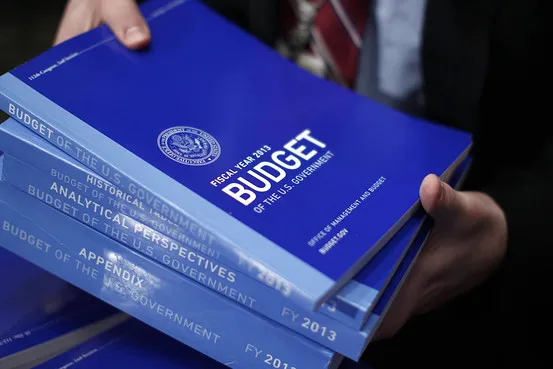Table of Contents
American debt, issued by the Treasury Department as packages of financial securities such as bonds, is seen as the premium risk free asset in the global financial system because investors believe the odds of an American debt default are negligible. No other country has the population size, institutional stability, and productivity to issue debt that is as safe as America’s. Private debt cannot compete with American debt in riskiness because no private company can tax its citizens to meet its obligations. If investors and institutions continue to believe the United States will not default and that no other large nation or company is safer, then they will continue to purchase and demand American debt to decrease their portfolio risk. In economic terms, demand for American debt is significantly inelastic.
This risk-free debt is in constant demand as a form of high quality collateral—something offered to guarantee a loan. Higher amounts of safe collateral such as U.S. debt enhances overall financial stability, because people are less likely to doubt the integrity of America’s financial institutions that hold U.S. debt. This is very important, because doubts about a financial institution can trigger a run in which investors rush to pull their assets. These individual runs can trigger systemic bank runs. For example, doubts about mortgage debt in 2008 triggered runs across the banking system and sparked the financial crisis. Since America’s economy remains incredibly leveraged, high levels of safe government debt may provide increased financial stability. It is a good thing if there is a lot of American debt in the economy.
There are many critiques of an expanding national debt that must be addressed. First, the government must pay interest on its debt and elevated debt levels generate a higher volume of mandatory interest payments. These payments can crowd out other federal spending. The government, however, can slow the growth rate of the debt to match the GDP growth rate by addressing America’s serious entitlement problems. Although the debt’s size would not be an issue if Washington can slow its growth rate, the political difficulty of enacting the required entitlement reform to achieve this cannot be overstated: entitlement reform is one of the most vexing political problems in the United States today.
A cap on the debt to GDP growth rate ratio, waivable by a ⅔ majority in the House and a 60 vote majority in the Senate, would ensure interest payments do not explode and simultaneously allow the total debt level to increase at a sustainable rate that is roughly proportional to revenue increases from economic growth. Investors would have an ample and increasing supply of U.S. debt and the government could still fund other programs.
Second, there are worries about foreign investors purchasing large amounts of U.S. Treasury securities, because supposedly another country could dictate American policy if it holds a large amount of our debt. This global proliferation of U.S. debt, however, may actually serve America’s strategic interests, because an increasing number of foreign investors and institutions will have an interest in ensuring continued American economic dominance and political stability. Increased global peace and American military and economic dominance would protect an important source of riskless debt, perpetuating the cycle of American power through its debt. Furthermore, national security is often invoked to justify trade protectionism, and there is no reason why we should apply the national security exception to U.S. debt without strict scrutiny.
There are few to no close substitutes for American debt, and this monopoly grants the United States enormous global power. The sheer size and productivity of America’s economy will continue to make America’s debt more attractive than other nations’ debt, even if investors are not completely sure about America’s ability to pay interest. Western European nations do not have economies or populations as large as America’s, and supposed economic threats from China mask serious problems within the Chinese banking sector. America’s tax guarantee is more credible than any other country with a large tax base and population; its GDP per capita is about $53,143 versus $6,807 in China. More importantly, communism —even China’s market oriented variant— is not a strong guarantor of property rights such as contractual claims to interest payments.
This argument contains an important caveat: the United States must be able to maintain position as the preeminent global superpower. If other nations seriously rival the United States in terms of institutional stability, global power, population size, and productivity, then American debt will become more substitutable. This will force America to further curb its debt to indicate that it remains serious about managing its debt. Only unquestioned American financial supremacy coupled with political stability and military might will allow America to reap the benefits of a large debt unencumbered by competition. American debt must remain the largest monopoly of them all.
A rapidly exploding debt is unsustainable, because it will expand interest payments and shake investor confidence. However, if the debt continues to grow at a reasonable rate that is pegged to GDP growth, then a large amount of government debt would ensure financial stability and enhance interest in America’s success. It is important to question federal spending, and the composition of spending is certainly important. However, serious threats of default induced by a misplaced zeal for fiscal responsibility may be the most dangerous threat of all. When it comes to the national debt, keeping a promise to pay is more important than its size.






